A paradox of modern life is that we depend on wild nature more than ever while noticing it less and less. From the edges of our cities to remote reefs, unheralded species are performing quiet services that keep our food growing, our water cleaner, and our diseases in check. Scientists sometimes call this a safety net with many threads: bees and bats stitching pollination, beavers building water storage, elephants scattering seeds, and sea otters defending kelp forests. We also benefit from the messier jobs, like dung beetles recycling nutrients or vultures scrubbing the landscape of pathogens. Look closely and a hidden workforce of ten animals emerges – industrious, irreplaceable, and surprisingly close to home.
The Hidden Clues
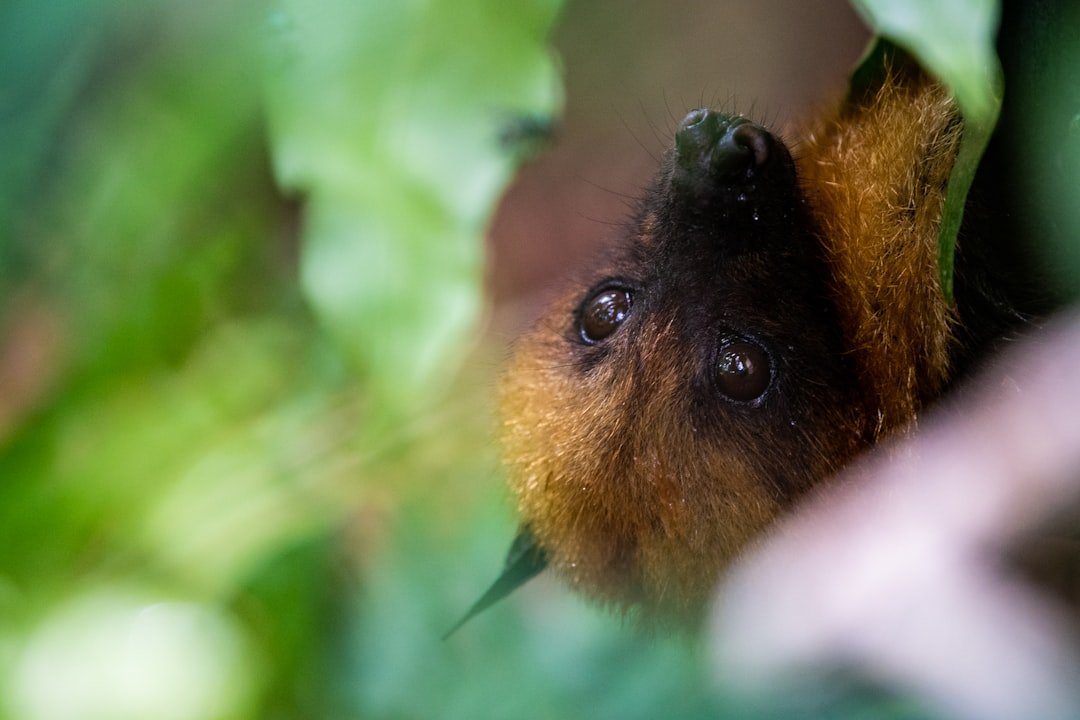
What if the most reliable public service in your town flies at dusk, swims beneath waves, or rustles under leaves after dark? Ecologists track these quiet allies through footprints in data: orchards with more bats set heavier fruit, shorelines with sea otters hold thicker kelp, and valleys with beavers keep more water during drought. It’s not magic; it’s biology tuned by millions of years and now pressed into our service, often without a budget line or a headline. Once you see the pattern, you can’t unsee it – benefits appear wherever animal behavior and human need intersect.
Here’s the cast powering that pattern: bees and bats pollinate crops, beavers re-plumb rivers, termites and dung beetles boost soils, sea otters protect coasts, elephants spread future forests, sharks keep food webs balanced, opossums trim tick numbers, and vultures remove disease risks. I still remember a twilight hike when a bat skimmed past like a thrown glove, and the mosquitoes vanished within minutes; it felt like someone had flipped on a natural switch. Multiply that effect across farms, cities, and shorelines and you get the scale of the story. The surprise is not that animals help us – it’s how much they do with so little recognition.
The Pollinators We Overlook
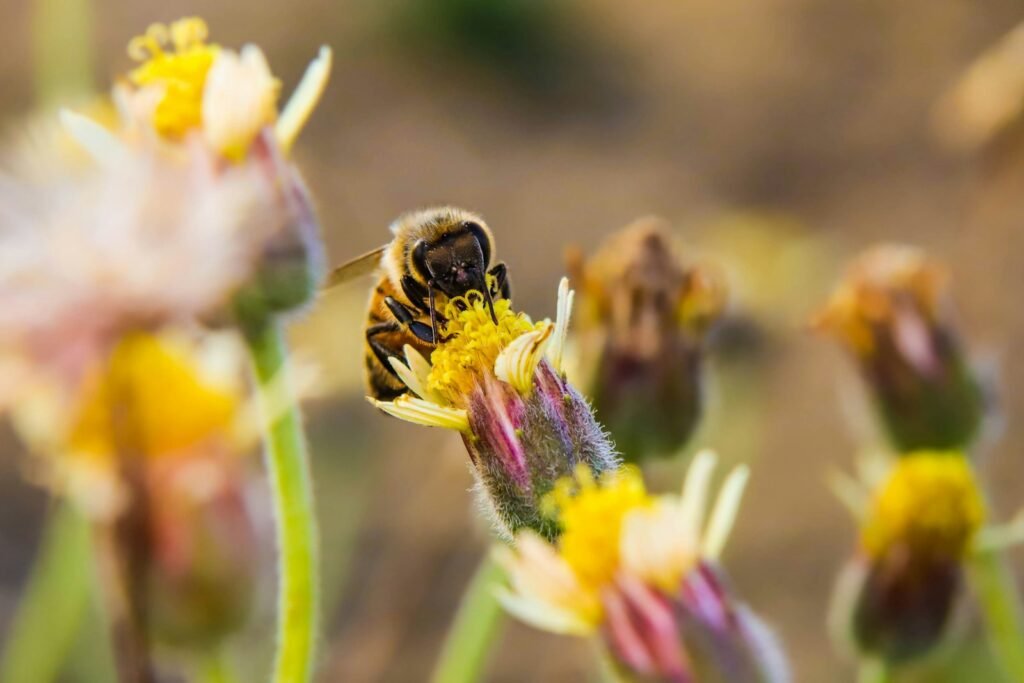
Bees are the headline act, and for good reason: apples, almonds, berries, and many vegetables set more fruit when bees are abundant and diverse. Native bees, not just honey bees, often work in cooler or windier conditions and can be more efficient visitors per bloom. Bats join the night shift, carrying pollen on their fur as they move between agave and many tropical fruit trees, helping sustain livelihoods far beyond the caves they roost in. In farming landscapes, hedgerows, wildflower strips, and clean water sources let these pollinators refuel and multiply, which can translate into fuller harvests and less reliance on chemical inputs.
Listen to the hum and it doubles as an economic pulse: healthier pollinator communities can steady yields when weather swings or pests bite. Farmers who diversify plantings and maintain small patches of native habitat often report steadier fruit set, a kind of biological insurance policy riding on wings. Even in cities, pocket gardens and balcony planters become fueling stations that stitch urban blocks into a workable corridor. Pollination isn’t a luxury add-on; it is a base layer of food security we notice only when it falters.
Engineers of Water and Soil
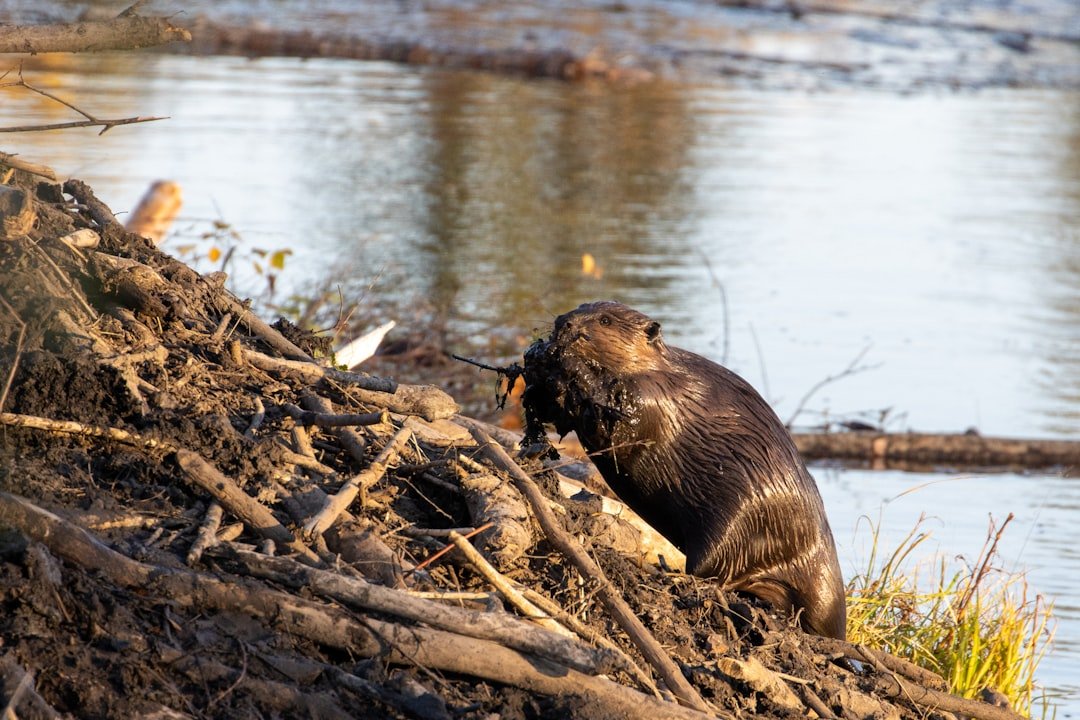
Beavers are unmatched civil engineers, raising small dams that slow floods, recharge groundwater, and create wetlands that filter pollutants before they reach taps. In dry years, those ponds act like living water tanks, keeping streams running and fish alive long after snowmelt fades. Their projects don’t require concrete or diesel; they rely on gnawed branches, mud, and persistence, often at a tiny fraction of the cost of hard infrastructure. Land managers now partner with beavers by installing low-tech wood structures that invite the animals to keep building.
Beneath our feet, termites and dung beetles renovate the soil one mouthful at a time. Termites mix minerals and organic matter, improving water infiltration and supporting plant growth, particularly in savannas and drylands. Dung beetles rapidly bury manure, cycling nutrients back to roots while reducing fly and parasite loads around livestock and people. If you want a picture of quiet efficiency, imagine a team of living tractors aerating ground all day and vanishing by night.
Guardians of Forests and Coasts
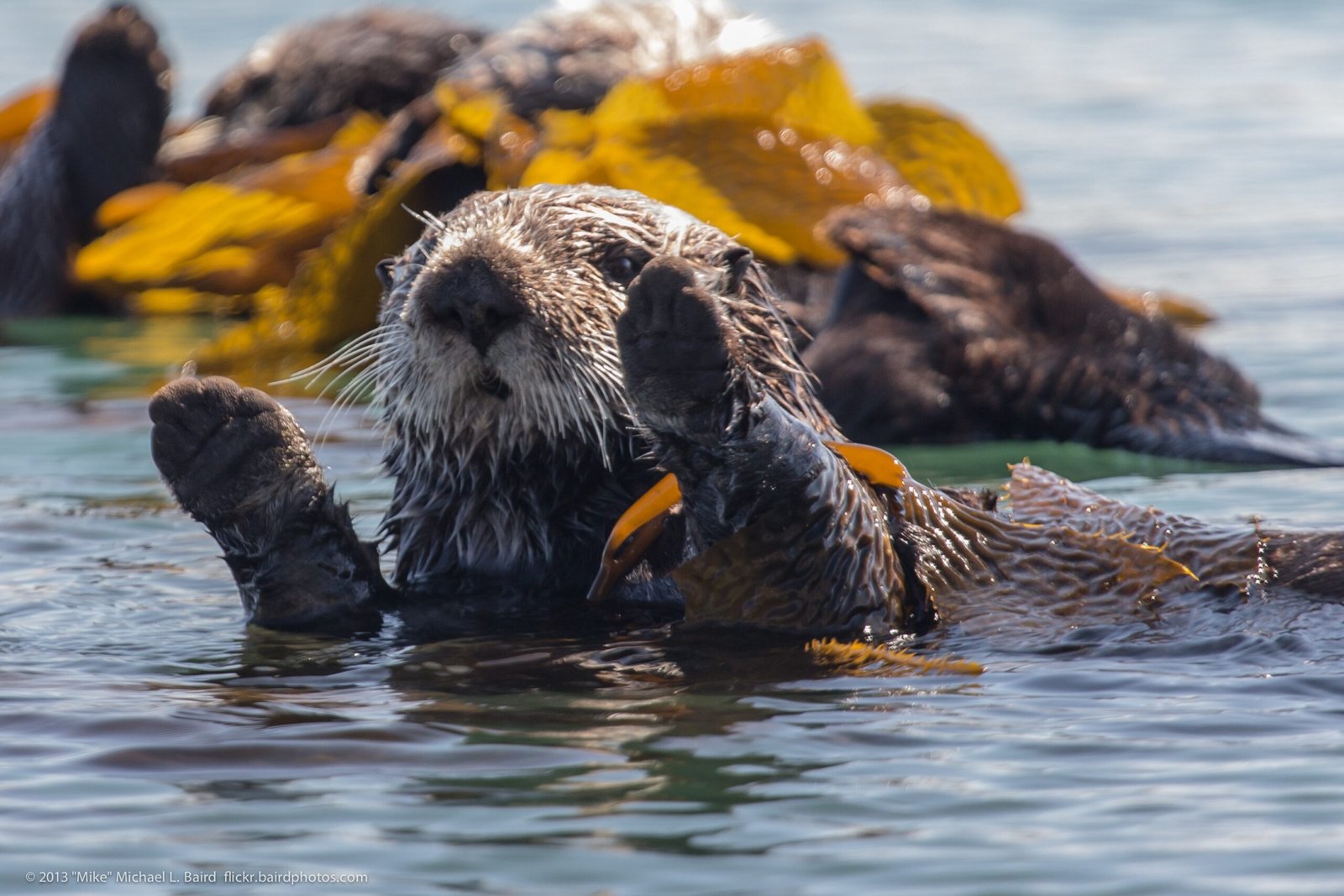
Sea otters act like underwater foresters: by eating sea urchins, they prevent those spiny lawnmowers from mowing down kelp forests. Thick kelp belts tame waves, shelter juvenile fish, and store carbon in their biomass, delivering protection and productivity to coastal communities. In forests and savannas, elephants carry seeds in their gut and drop them miles away, planting tomorrow’s shade and fruit trees in places humans would never reach. Their long-distance dispersal knits fragmented habitats back together, especially for large-seeded trees.
Offshore, sharks keep food webs honest by nudging prey to move and by trimming the weak or overabundant. This top-down pressure helps prevent boom-and-bust cycles that ripple into fisheries and tourism. Where sharks recover, reef health often steadies, a reminder that fearsome reputations can hide life-supporting roles. Predators, it turns out, are maintenance crews for resilience.
Neighborhood Allies You Might Ignore
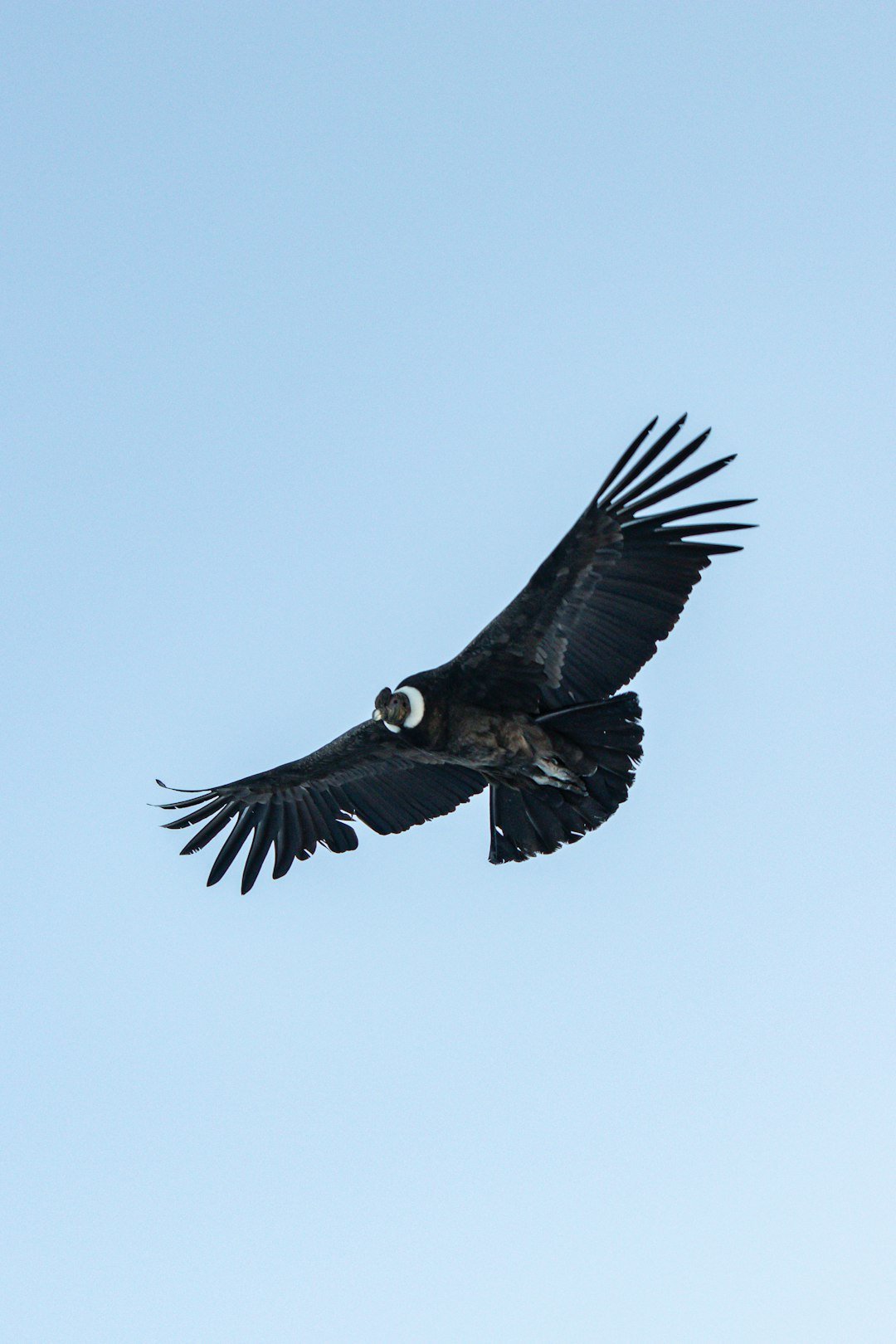
Vultures do the unglamorous cleanup, finding carcasses quickly and digesting bacteria that could otherwise proliferate on the landscape. In regions where vulture numbers crashed, scavenging shifted to animals that wander into cities, and disease risks rose alongside piles of rotting remains. Keeping vulture populations healthy is not just an ecological choice – it’s a public health strategy hidden in plain sight. Their circling silhouettes are a sign the sanitation system is working.
Closer to porches and playfields, opossums consume some ticks and other pests as they forage, though their impact on tick populations may be modest in places where people and pets spend time. I’ve watched one amble along a fence like a sleepy acrobat, then pause to groom – a routine that often ends with fewer ticks in the immediate area. Snakes could claim similar accolades for rodent control, but the opossum’s pest work is easier to notice and less likely to trigger fear. Sometimes our best neighbors are the ones we barely meet.
From Field Notes to Hard Numbers
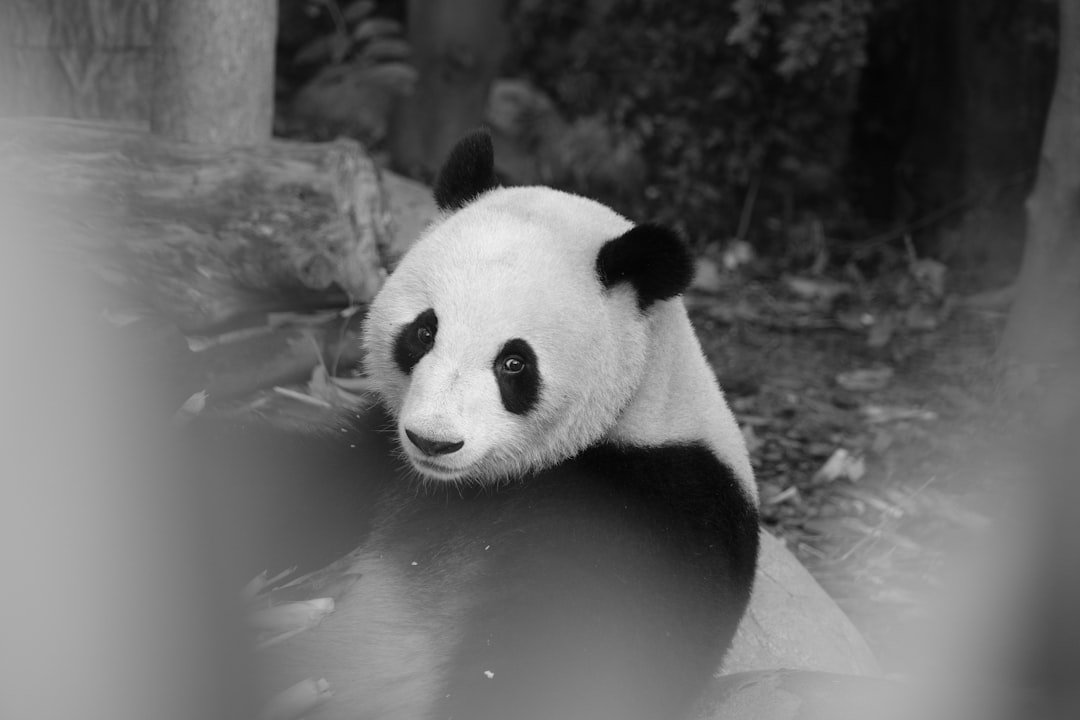
What began as scattered observations – more fruit near bat roosts, cleaner streams below beaver ponds – has solidified into experiments, satellite analyses, and long-term monitoring. Researchers track kelp cover from space, then link booms to places where sea otters rebound, building a causal chain from predator to plant. On rangelands, experiments show that dung beetle activity can reduce parasite burdens, which dovetails with lower veterinary costs and healthier herds. Forest plots reveal that seeds moved by elephants establish in different places than those dropped under parent trees, a pattern that helps forests adapt to changing climates.
These lines of evidence converge into a practical message: protecting animal behavior often protects human welfare. It’s not sentimentality; it’s measurement. Budgets that include beaver-assisted restoration or pollinator habitat aren’t acts of charity, they’re cost-effective risk management. The science is still sharpening its error bars, but the signal is already clear enough to inform policy.
Why It Matters
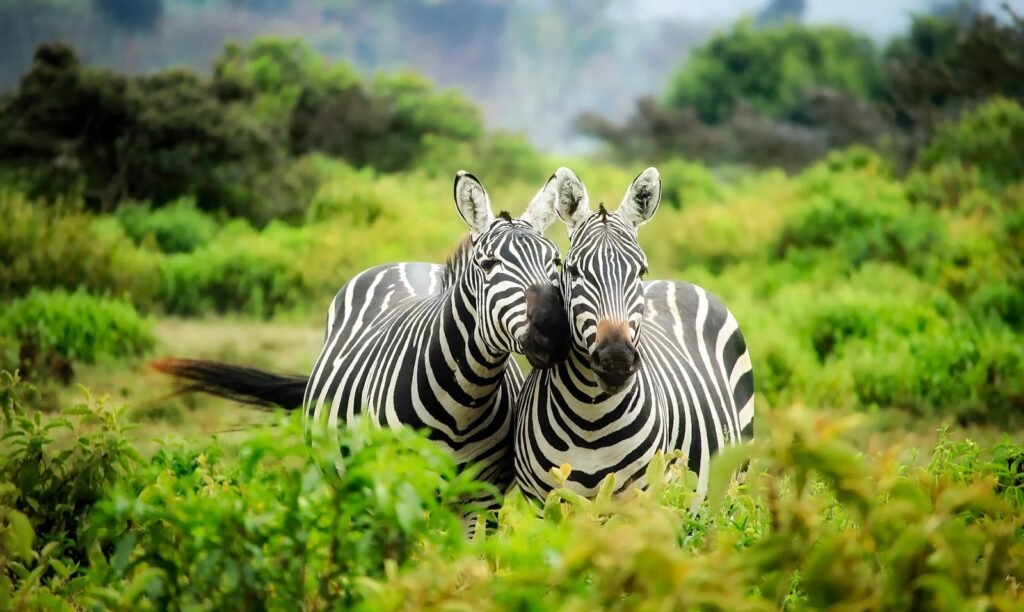
Traditional solutions – more dams, more pesticides, more breakwaters – can work, but they’re expensive, rigid, and sometimes create new problems. Beaver wetlands store water and filter sediment without the trade-offs of big reservoirs, while pollinator habitat can stabilize yields without heavy chemical inputs. Sea otters can help kelp rebound faster than engineered reef structures alone, and vultures remove pathogens more completely than periodic carcass collection. These services are dynamic, scaling up or down as conditions change, which is precisely what climate resilience demands.
There’s also the equity angle: nature’s services are often most valuable where budgets are thinnest. Rural farmers gain from bats patrolling fields; coastal towns gain from kelp muffling storm energy; villages gain from elephants renewing fruit trees on old trails. Investing in animals is investing in options, and options are a form of security. When we diversify our toolkit with living systems, we hedge against surprises.
The Future Landscape
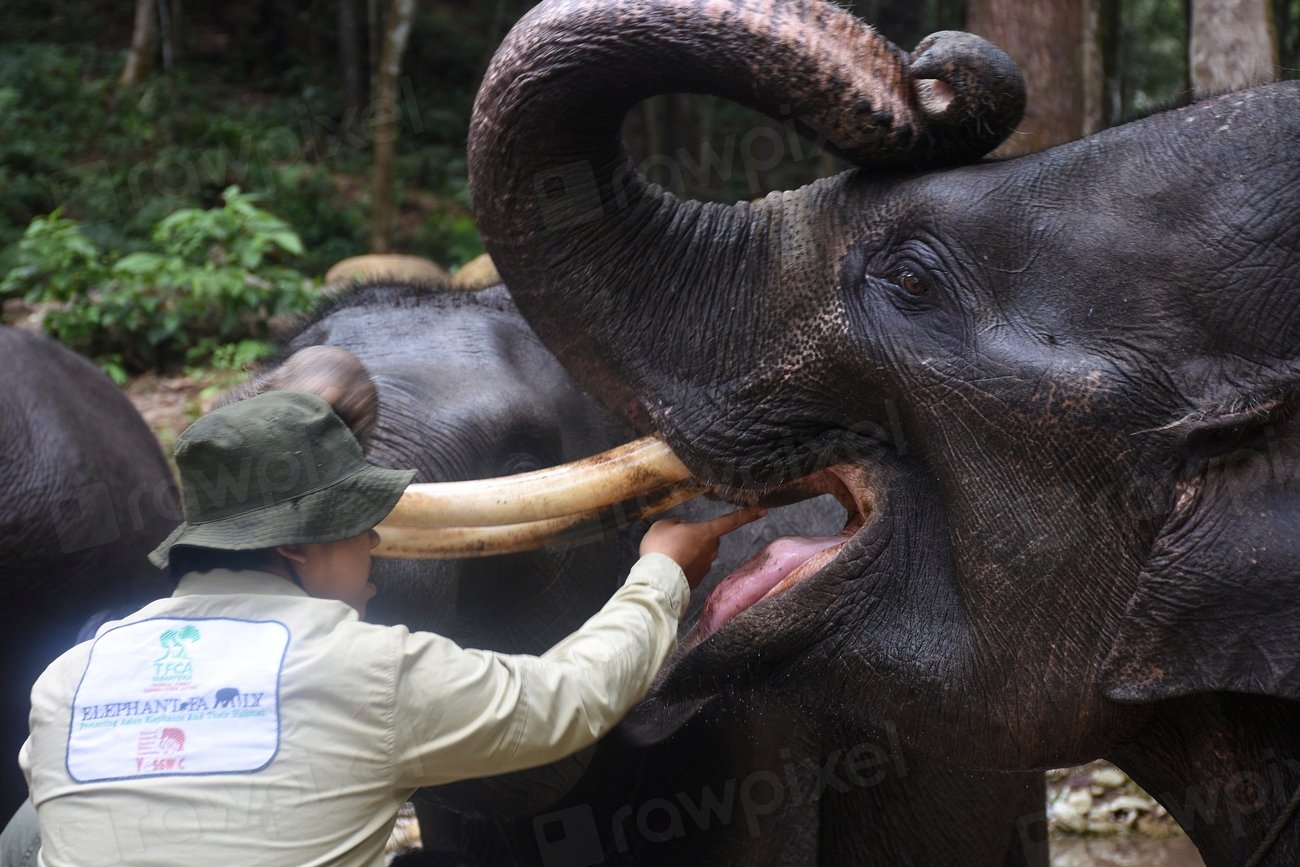
Next-generation conservation is surprisingly hands-on: wildlife-friendly culverts to let beavers move; kelp nurseries paired with otter recovery; seed corridors mapped from elephant movements; and urban “tick belts” planned with opossum habitat in mind. Sensors and drones already track dam-building, pollinator flights, and reef predators, translating animal behavior into dashboards city planners can read. Insurance firms are exploring ways to value natural defenses, from shark-driven reef stability to beaver-driven flood mitigation, turning ecological function into tangible assets. None of this replaces engineering – it complements it.
The challenges are real: conflict with crops for elephants, fear-driven persecution of sharks and snakes, and pathogens that can harm vultures if veterinary drugs enter carcasses. Solutions will hinge on local voices, incentives that reward coexistence, and careful monitoring so we don’t love one lever and pull it too hard. If we treat wildlife as infrastructure, we must also maintain it, adapt it, and fund it. The payoff is a future where resilience grows on its own.
Conclusion
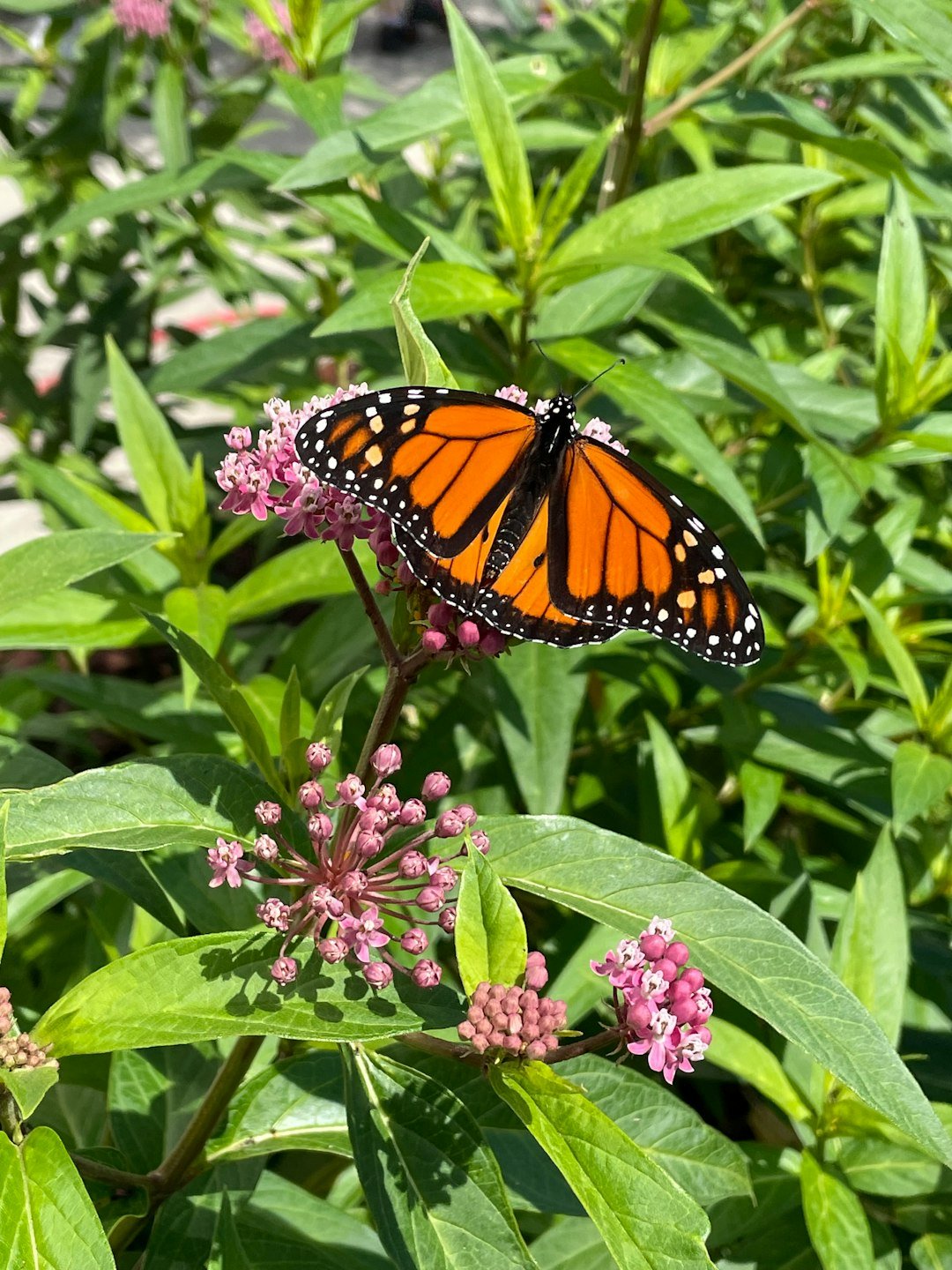
Start small and local: plant native flowers for bees, let a patch of yard go a bit wild for ground-nesting pollinators, and support farmers who keep hedgerows. If you live near streams, consider beaver-friendly practices or join restoration groups that build simple wood structures to invite slow water back. Along coasts, back kelp restoration and responsible fishing that keeps predator-prey dynamics intact, and avoid products that degrade reefs and shorelines. In vulture and raptor country, dispose of livestock carcasses responsibly and keep harmful veterinary drugs out of the food chain.
Finally, vote and donate with an eye for projects that value living systems alongside concrete. Ask park managers about bat boxes, city councils about pollinator corridors, and watershed groups about beaver plans. Encourage zoos and aquariums that connect field conservation to neighborhood action. The secret workforce is ready; we just have to give it room to work.

Suhail Ahmed is a passionate digital professional and nature enthusiast with over 8 years of experience in content strategy, SEO, web development, and digital operations. Alongside his freelance journey, Suhail actively contributes to nature and wildlife platforms like Discover Wildlife, where he channels his curiosity for the planet into engaging, educational storytelling.
With a strong background in managing digital ecosystems — from ecommerce stores and WordPress websites to social media and automation — Suhail merges technical precision with creative insight. His content reflects a rare balance: SEO-friendly yet deeply human, data-informed yet emotionally resonant.
Driven by a love for discovery and storytelling, Suhail believes in using digital platforms to amplify causes that matter — especially those protecting Earth’s biodiversity and inspiring sustainable living. Whether he’s managing online projects or crafting wildlife content, his goal remains the same: to inform, inspire, and leave a positive digital footprint.




